Table of Contents
- PPI. the Producer Price Index. Concept. 3d Illustration Stock ...
- Here’s How to Trade the Producer Price Index (PPI)
- US May PPI final demand 1.1% % versus 1.5% expected | Forexlive
- Financial Term PPI Producer Price Index on Blue Finance Background from ...
- PPI Report Live: Producer Price Inflation Report Is Out, Here’s What It ...
- Charts of the Day: PPI Doesn’t Lead CPI | Insights | Fisher Investments
- Producer Price Index (PPI) คืออะไร สำคัญยังไงกับนักลงทุนและนักเทรดกันนะ ...
- PPI Data Provide Insight into Industry Pricing Trends — American ...
- Chart: Producer Price Index | Statista
- 58 Ppi Data Images, Stock Photos & Vectors | Shutterstock
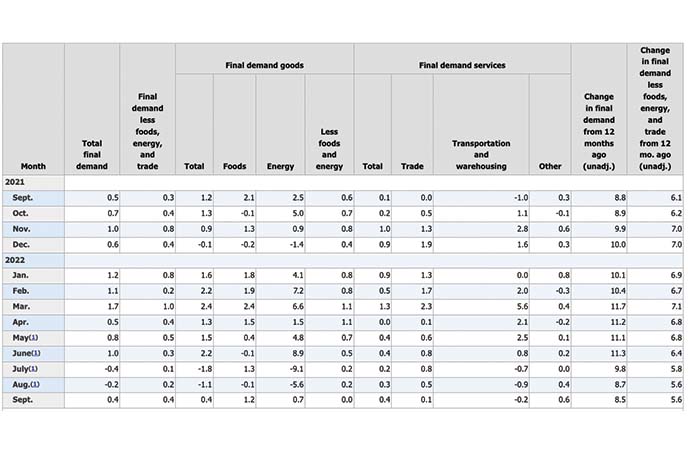


What is the Producer Price Index (PPI)?
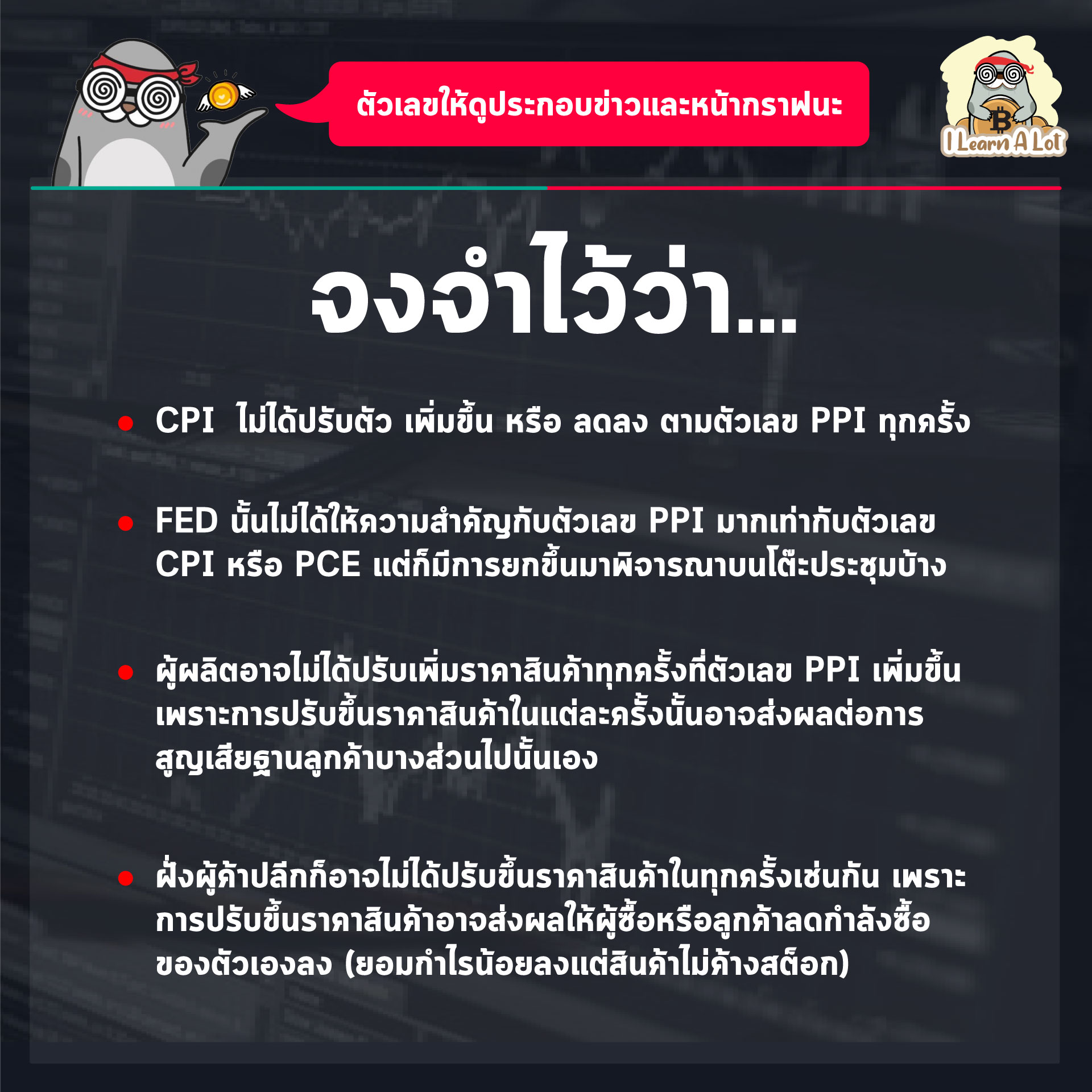
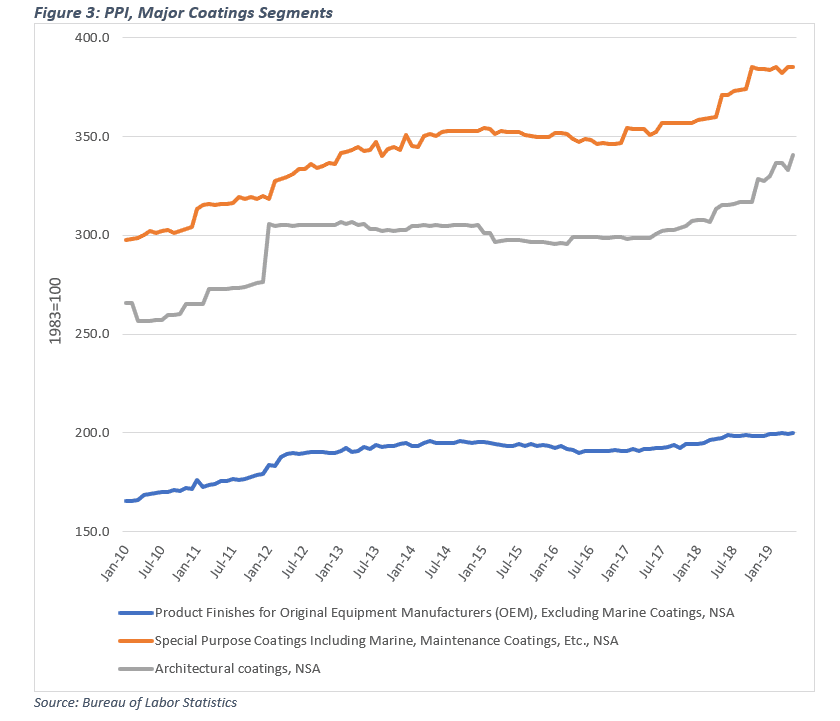
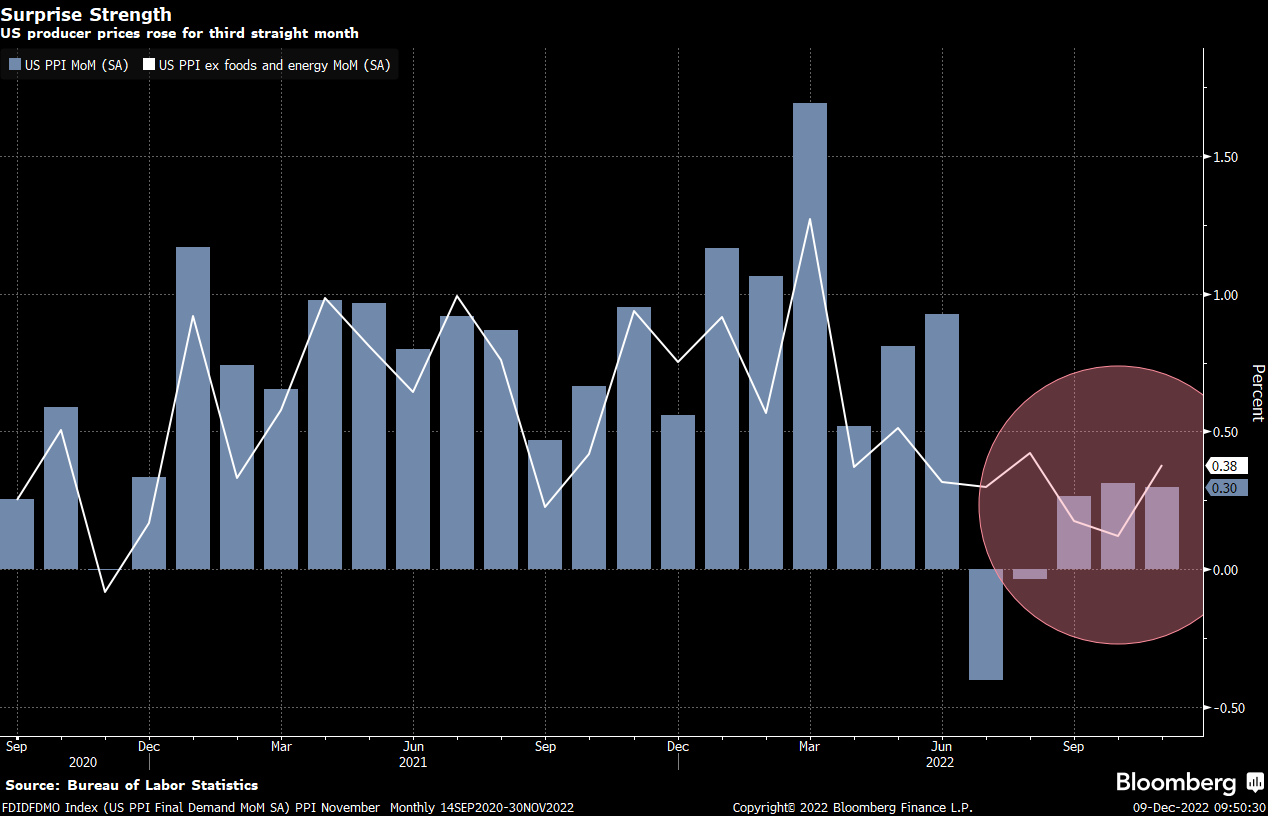
Key Features of PPI Databases



Applications of PPI Databases
The PPI databases have numerous applications, including: Inflation monitoring: The PPI is used to track inflation and monitor changes in prices. Business decision-making: Companies use PPI data to inform pricing decisions, negotiate contracts, and forecast future costs. Economic research: Researchers and economists use PPI data to study economic trends, analyze the impact of policy decisions, and model economic forecasts. Policy-making: Policymakers use PPI data to inform decisions on monetary policy, taxation, and trade agreements.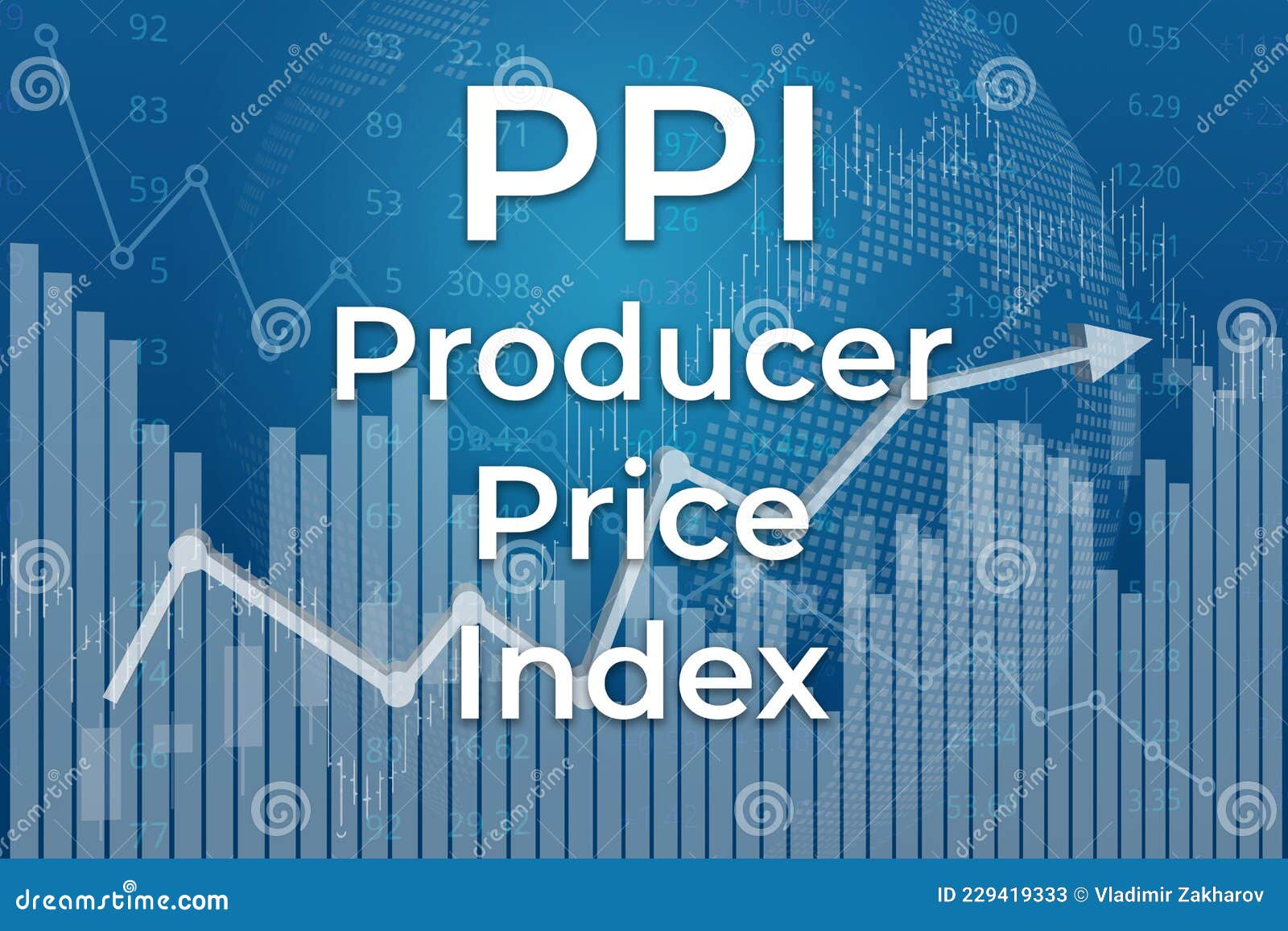
Accessing PPI Databases
The BLS provides easy access to PPI databases through its website. Users can: Download data: Users can download PPI data in various formats, including CSV, Excel, and PDF. Use online tools: The BLS provides online tools, such as the PPI Data Retrieval Tool, to help users navigate and customize the data. Subscribe to updates: Users can subscribe to receive email updates on new PPI releases and revisions. In conclusion, the PPI databases maintained by the U.S. Bureau of Labor Statistics are a valuable resource for anyone interested in understanding the U.S. economy. With their comprehensive coverage, frequency of updates, and customizable data, these databases offer a wealth of insights into economic trends and inflation. Whether you are a business leader, researcher, or policymaker, the PPI databases are an essential tool for making informed decisions and staying ahead of the curve.By leveraging the power of PPI databases, you can unlock new insights and gain a deeper understanding of the U.S. economy. Visit the BLS website today to explore the PPI databases and discover the wealth of information available at your fingertips.